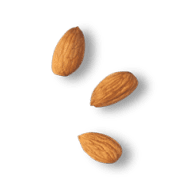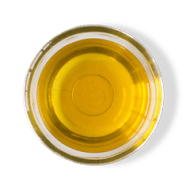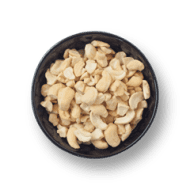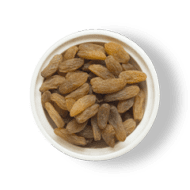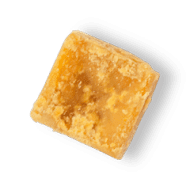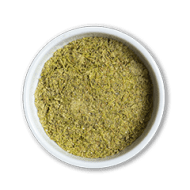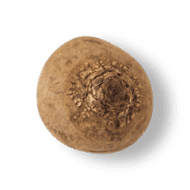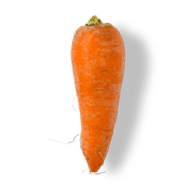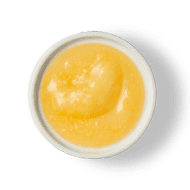What is Gajar Ka Halwa
Gajar ka halwa is a traditional Indian dessert made from carrots and milk as the main components. Gajar halwa is simmered and requires more time to cook. Gajar ka halwa recipe is slowly done, and this Indian sweet is served in almost all festivals, weddings and parties. Gajar ka halwa in English is also known as carrot halwa, and gajar means carrot in Hindi. Halwa means pudding, and therefore, this sweet is also referred to as a kind of Indian pudding.
Gajar ka halwa dish is mostly made during winters as it is the season for carrots and helps the body stay warm with the increased sweet consumption. The carrot halwa recipe is rich in vitamin A in beta carotene and has lots of antioxidants to strengthen the immune system and help fight infections and other inflammations. Besides these, most Indian houses also make these following desserts widely. They are
Besan Ladoo,
Chocolate Mousse,
Tiramisu,
Sabudana Kheer,
Vegan Kheer and
Double Ka Meetha.
Gajar halwa recipe is made in three different ways, and it is recommended for people to follow the one that is easier and more convenient to make. There are also gajar ka halwa videos available all over the net to be easily made by anyone. The types of carrot halwa are:
Gajar halwa recipe in a traditional method with whole milk
Gajar ka halwa recipe in advance method with condensed milk
Gajar ka halwa recipe in an alternative method with khoya
Nutritional Value Of Gajar Ka Halwa
Gajar ka halwa dish contains 319 calories per serving with 14 grams of fat, 21 milligrams of cholesterol and 7 grams of saturated fat. Besides these, it has 44 grams of carbohydrates, 3 grams of fibre, 37 grams of sugar, 5 grams of protein, 141 milligrams of sodium and 594 milligrams of potassium. The dish also has very high quantities of vitamin A, 7.3 milligrams of vitamin C, 0.6 milligrams of iron and 186 milligrams of calcium.
Gajar Ka Halwa Recipe:
Gajar ka halwa ingredients are:
500 grams of carrots
4 green cardamoms
10 pistachios
6 almonds
5 cashews
2 cups of whole milk/ ½ tin of condensed milk/ ½ cup of unsweetened khoya
Take a pan with small quantities of ghee in it. Drop int the nuts and sauté until it turns golden and crunchy. Take care that the nuts do not get charred. Leave it aside for future use.
Wash carrots and peel before grating them. Add the grated carrots with ghee in a pan until a pleasing aroma arises. Keep stirring so that the carrots do not stick to the bottom of the pan.
Drop in the milk and cook on medium flame.
Take care that the milk does not get burnt in the bottom and keep stirring occasionally.
Once the milk gets wholly absorbed and evaporated, add sugar to the above mixture.
Sugar will melt, and the halwa will turn gooey. Once the moisture is evaporated, add some more ghee and stir it well. This helps the halwa to reach a suitable consistency to consume.
Keep stirring until the halwa thickens, and then finally sprinkle cardamom powder.
Garnish the Gajar Ka Halwa with the nuts roasted and serve it either warm or chilled.
The other two methods substitute the use of condensed milk and khoya instead of whole milk.
Goodness of Gajar ka Halwa
There are various health benefits of carrot halwa, and they are:
The carrot halwa recipe contains phytochemicals like carotenoids, phenolic, polyacetylenes, and ascorbic acid that reduce the risk of cancers due to the enormous amounts of antioxidants contained in them. These also tend to destroy all the free radicals and save the body from tumours.
Carrots have high amounts of vitamin A that aids in the replacement of skin cells. As gajar ka halwa has its main ingredient as carrots, it is seen to improve skin health drastically on regular consumption of it.
The milk contains vitamin D, immunoglobulin and probiotics that support the immunity of the body and prevents it from various infections and viruses.
Cardamom has vitamin C, and this is seen to treat cough and cold effectively.
Almonds used in the gajar halwa recipe are also an immune-boosting component as it has high vitamin E levels.
Vitamin A is in the form of beta carotene in the gajar halwa that is essential to strengthen the immune system and protect the system from all infections and inflammation. This is directly related to cold winter as the immune system takes a hit due to the sun's lack of exposure. This is when immunity is required for the body to stay fit and healthy.
During winter, a person also tends to weigh more than his regular routines to meet the body's energy needs. Consuming carrot halwa with jaggery during the winter seasons will help curb appetite as they take longer to digest and are fibrous.
The above-stated health benefit indirectly has a check on the high cholesterol levels and prevents the risk of cardiac arrest. Therefore, it is best to control cholesterol levels in the system.
The ghee helps to boost memory and slows down the ageing process. It also relieves the joints from pains and aches by lubricating them sufficiently.
The milk used improves bone density and improves conditions like osteoporosis and all other problems related to bone health.
The high fibre content in the carrots promotes gut health and maintains the body's blood pressure levels.
This quintessential classic Indian winter dessert is the perfect halwa with the best flavour and taste. They have a traditional charm when served with a scoop of vanilla ice cream. To refrain from sugar, dates are substituted to off the natural sweetness to the dessert. This helps even the fitness freaks, diabetic patients and people struggling to combat body obesity to enjoy and relish the dessert. Most important of all, these always have a long shelf life and are capable of staying in refrigerators for about 10 to 12 days in good condition. And if frozen, it keeps well even for a month.



